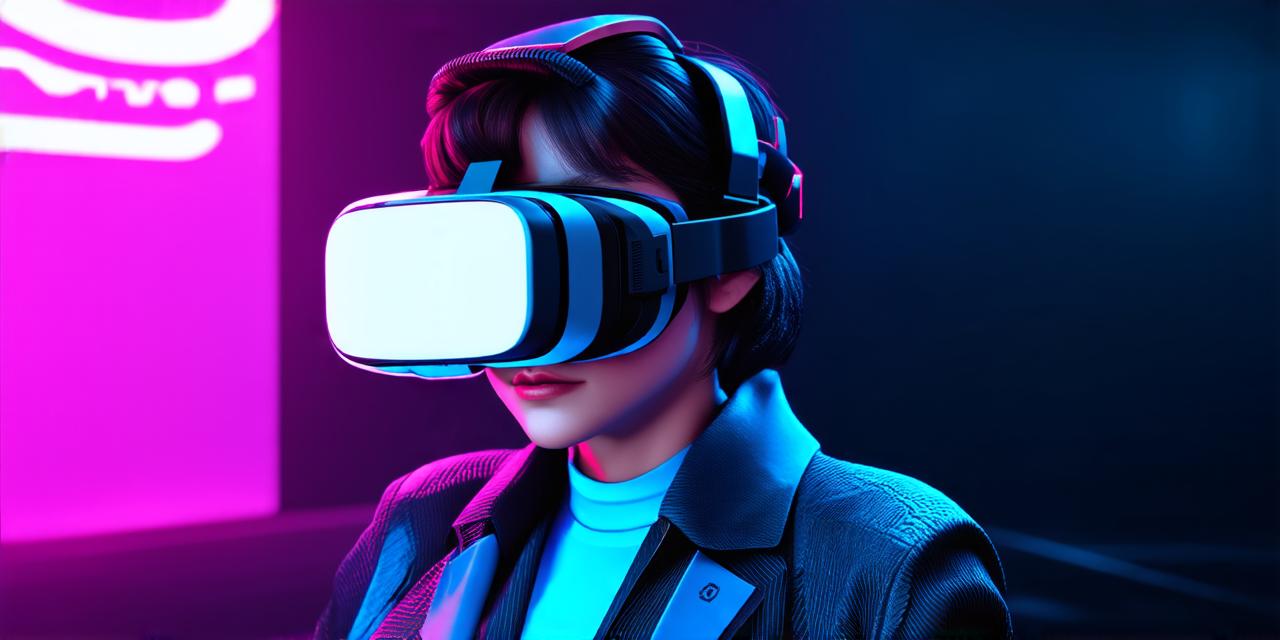Virtual Reality (VR) has been rapidly advancing in recent years, and many AR developers are excited about the potential for immersive, interactive experiences in gaming, education, and other industries. However, as with any new technology, there is a cost associated with VR that must be considered. In this article, we will explore the various factors that contribute to the cost of VR, including hardware, software, development costs, and more.
Hardware Costs
The first and most obvious factor in determining the cost of virtual reality is the hardware required to run it. While some lower-end VR systems are available for under $100, high-performance systems can cost thousands of dollars. For example, the Oculus Quest 2, one of the most popular VR headsets on the market, costs around $399.
In addition to the VR headset itself, other hardware components such as computers or mobile devices are often required to run the VR software. These machines can also be quite expensive, especially if they need to be upgraded to meet the demands of the VR experience. For example, a high-end gaming computer with an Nvidia GeForce RTX 3090 graphics card can cost over $2,500.

Software Costs
Another factor that contributes to the cost of virtual reality is the software used to create and run the experiences. This includes both the games or applications themselves, as well as the development tools and engines used to create them.
Some VR software can be quite expensive, with licenses for high-end game engines such as Unreal Engine or Unity costing thousands of dollars per year. In addition, many VR experiences are developed using specialized software that may require a significant upfront investment in licensing fees and training costs.
Development Costs
The cost of developing virtual reality experiences is also an important factor to consider. While some indie developers may be able to create simple VR games or experiences on their own, larger-scale projects often require a team of specialized professionals with expertise in fields such as 3D modeling, animation, and programming.
These experts may need to invest significant time and resources into creating high-quality VR experiences that meet the demands of users and stakeholders. This can include everything from concept development and prototyping to testing, debugging, and ongoing maintenance. For example, developing a VR game with Unity can take several months, depending on the complexity and scope of the project.
Marketing and Distribution Costs
Finally, there are a variety of marketing and distribution costs associated with virtual reality that must be considered. These include everything from advertising and promotional campaigns to securing retail space for VR hardware and software sales.
In addition to these direct costs, there may also be indirect costs associated with marketing and distribution, such as the cost of building brand awareness and generating interest in VR technology.
Is Virtual Reality Worth the Cost?
Given all of these factors, it’s clear that virtual reality technology can be quite expensive. However, is it worth the cost for AR developers? Ultimately, the answer will depend on a variety of factors, including the goals and objectives of the project, the target audience, and the expected return on investment.
For some developers, the potential benefits of virtual reality technology may outweigh the costs. For example, in industries such as gaming or entertainment, virtual reality can offer unique and immersive experiences that traditional media cannot provide. In these cases, the cost of VR hardware and software may be justified by the potential for increased engagement and revenue.
In other cases, however, the cost of VR technology may be too high to justify its use. For example, in industries where VR is not a core competency or where there is limited demand for immersive experiences, the costs associated with VR hardware and software may be prohibitive. In these cases, alternative technologies such as mobile or web-based solutions may be more cost-effective.
Conclusion
Virtual reality technology has the potential to offer exciting new possibilities for immersive, interactive experiences in a variety of industries. However, it’s important for AR developers to carefully consider the costs associated with VR and weigh them against the potential benefits of the technology. By doing so, they can make informed decisions about whether virtual reality is the right choice for their project.




